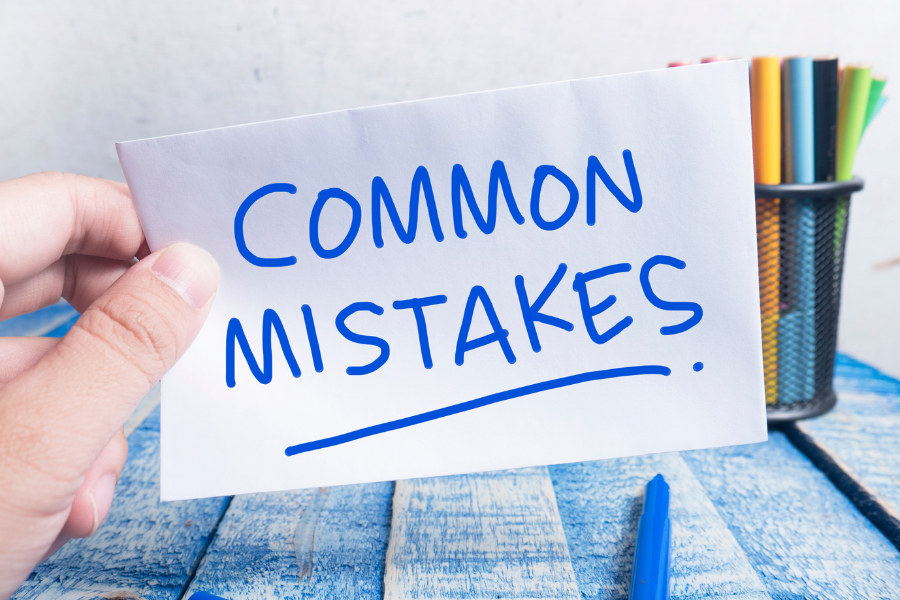Are You Making Any Of These Common Trade Show Exhibit Mistakes?


Trade shows are competitive, as dozens or more brands join together in one location showing off what they do, how they do it, and what exactly sets them apart from all the rest. The design and execution of your exhibit do matter. You want to captivate these audiences, stand out in the crowd, and create experiences that are equal parts memorable and engaging. While some common trade show exhibit mistakes may be obvious, like too little branding or a lack of innovation, others are easier to miss.
Lesser-known trade show exhibit mistakes are harmful to your trade show efforts, so it’s equally important to know what to do and what to avoid. Some of these common, but lesser realized, trade show exhibit mistakes include:
• Doing too much with your space – It’s tempting to pack in more and more as you’re vying for attention and trying to maximize your audience experience at a trade show. However, too much can be just as damaging as too little. Navigation and engagement should work together for a seamless experience, while a cluttered exhibit communicates confusion and overcomplication.
• Leaving your objectives unclear – Every trade show exhibit should have a clear objective. The brand can use its exhibit to show off new products, generate new leads, drum up some brand awareness, or recruit new clients for services, but there must be a goal in mind. Trade show exhibits lacking a clear objective, or a clear goal, are trade show exhibits most likely to have their messages lost in translation.
• Not making the most effective use of your space – Trade show exhibits should have some type of flow in their design that allows navigation and engagement to come naturally to visitors. Creating this environment requires savvy management of the exhibit space. Use the flow of your exhibit space to highlight your goals or objectives and create a natural walking or interaction environment that tells a cohesive story.
• Failing to follow up – This is just as important as the trade show. Attendees see dozens of exhibits or more throughout their trade show experience, but you want your brand to be the one that stands out. Follow-up makes sure attendees remember your brand, and they let you know what elements of your exhibit work, and which don’t.
Mistakes are most often learned through trial and error, but this doesn’t have to be the trial and error of your brand. To learn more about avoiding common trade show exhibit mistakes, contact Lighthouse Exhibits.

